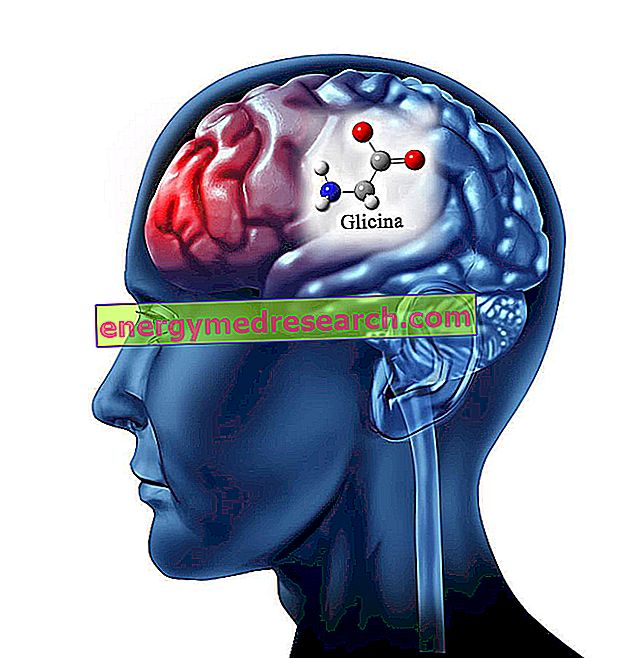DUFASTON ® is a drug based on Didrogesterone
THERAPEUTIC GROUP: Progestinic
IndicationsAction mechanismStudies and clinical effectiveness Usage and dosage instructionsWarnings Pregnancy and lactationInteractionsContraindicationsUndesirable effects
Indications DUFASTON ® - Didrogesterone
DUFASTON ® is used as an adjuvant of estrogen therapy to safeguard endometrial health, reducing the risk of neoplastic transformation.
DUFASTON ® is also indicated in the treatment of gynecological disorders such as dysmenorrhoea, endometriosis, cell cycle irregularities, metrorrhagia, infertility and in case of threat of abortion.
Mechanism of action DUFASTON ® - Didrogesterone
The didrogesterone, active principle of DUFASTON ® is a progestin with 21 carbon atoms characterized by biological properties similar to progesterone but with selective action mechanism.
More precisely, in a manner analogous to progesterone, dydrogesterone acts at the endometrial level guaranteeing the secretory transformation useful for structurally and tropically favoring the nesting of the embryo and in case of administration following the estrogen substitution therapy, endometrial transformation and hyperplasia while at Myometrium level inhibits potentially dangerous uterine contractions during pregnancy.
However, unlike progesterone, this active principle does not have the same "central" effects of the endogenous hormone, lacking the inhibitory action to feedback on the hypothalamic-pituitary axis and therefore of the depressive action on follicolinic and luteal secretion.
This hormone also lacks androgenic, estrogenic and corticoid activity, which is particularly dangerous during pregnancy due to the health of the fetus.
Taken orally it is absorbed at the intestinal level, metabolised to the hepatic level in 20-alpha didro-didrogesterone and eliminated mainly through the urine, thus allowing a better characterization of the endogenous concentrations of natural progesterone and its metabolites.
Studies carried out and clinical efficacy
1. DUFASTON AND ENDOMETRIAL HYPERPLASIA: the molecular structure
As is known, Dufaston is used in conjunction with estrogen therapy to reduce the risk of endometrial hyperplasia. This study demonstrates how its administration can regulate the expression of cytokines and growth factors involved in endometrial hyperplasia, regularizing the cell cycle.
2.DIDROGESTERONE AND GENERAL HEALTH
Interesting study that compared the effectiveness of didrogesterone and calcium plus vitamin D, in improving the overall health status of voluntary women. Didrogesterone, taken at 500 mg daily, was more effective than calcium plus vitamin D, maintaining a similar frequency of side effects.
3. DIDROGESTERONE AND REGULATION OF THE CELL CYCLE IN BREAST DISEASES
Review that collects the results of numerous researches related to the effects of didrogesterone on the regulation of the cell cycle in benign breast diseases. The data show that after a first mitotic activity this hormone can induce apoptosis by regulating the size and consistency of the mammary nodules, up to its complete disappearance.
Method of use and dosage
DUFASTON ® film-coated tablets of 10 mg of dydrogesterone:
dihydrogesterone dosages vary significantly from patient to patient based on the clinical picture and the related therapeutic goal.
Dosages between 10 and 20 mg a day are for example indicated during estrogen therapy in the fortnight following the beginning of the same.
The assumption scheme and the dosage used is instead subjected to important individual variations during endometriosis, dysmenorrhea, irregularities of the cycle, amenorrhea and metrorrhagia, although always between 10 and 20 mg per day.
The particular organizational complexity of the therapy, combined with a significant interindividual variability of the dosages and the presence of potential side effects requires continuous medical supervision both in the initial phases of the treatment and in the course of therapy.
Warnings DUFASTON ® - Didrogesterone
The intake of DUFASTON ® must necessarily be preceded by a careful control visit useful to clarify the usefulness of the therapy and the possible presence of physio-pathological factors incompatible with the administration of didrogesterone.
More precisely alterations of liver function, renal failure, asthma, diabetes, lupus, psychiatric pathologies, porphyria and cholestasis are some of the potentially risky conditions for which continuous medical supervision combined with periodic checks becomes necessary.
It is also important for the patient to be informed of the potential side effects of estrogen therapy, especially long-term ones such as increased risk of breast cancer and increased cardiovascular risk, so as to be able to evaluate the risk report more closely together with the doctor / benefits.
In the event that DUFASTON ® was administered in combination with estrogen therapy, it would also be necessary to evaluate the interactions, contraindications, warnings and side effects of estrogen-based hormone replacement therapy,
DUFASTON ® contains lactose, so its intake could cause more or less serious side effects in patients with lactase enzyme deficiency, glucose / galactose malabsorption and lactose intolerance.
PREGNANCY AND BREASTFEEDING
Despite the threat of abortion is one of the therapeutic indications for which the intake of didrogesterone is recommended, at the moment the pharmacokinetics of this active ingredient has not been fully characterized when taken during pregnancy, although it seems devoid of acute toxicity on the fetus.
Different research groups are investigating the possible correlations between hypospadias (structural alteration of the urethra) fetal and neonatal, and progestogen intake during pregnancy.
In contrast, the use of DUFASTON ® is not recommended during pregnancy due to the ability of the active ingredient to pass the breast filter and be secreted while still active in breast milk.
Interactions
Although at present, no clinically relevant drug interactions have been identified, the pharmacokinetic characteristics and relative efficacy of didrogesterone can be altered by the concomitant administration of active ingredients capable of modulating the enzymatic activity of the cytochromial enzymes responsible for the metabolism of this hormone.
Contraindications DUFASTON ® - Didrogesterone
DUFASTON ® is contraindicated in case of hypersensitivity to the active ingredient or to one of its excipients, in case of vaginal bleeding of unknown origin, breast cancer or dependent estrogen-progestin tumors, changes in liver function and existing or previous thromboembolic processes.
Undesirable effects - Side effects
Several clinical trials and careful post-marketing monitoring have evaluated the incidence of the side effects of progestin therapy by identifying among the most frequent migraines and headaches, alterations of the genital apparatus such as spotting hemorrhagic, abnormal liver function, abdominal pain, reactions skin like rash and hives, increased breast tension with associated pain and diffuse edema.
On the other hand, the long-term side effects of estrogen-progestin therapy with a significant increase in the incidence of breast cancer, progestin-dependent neoplasms, venous thrombosis and myocardial infarction have been clinically more important.
Note
DUFASTON ® is salable only under medical prescription.



